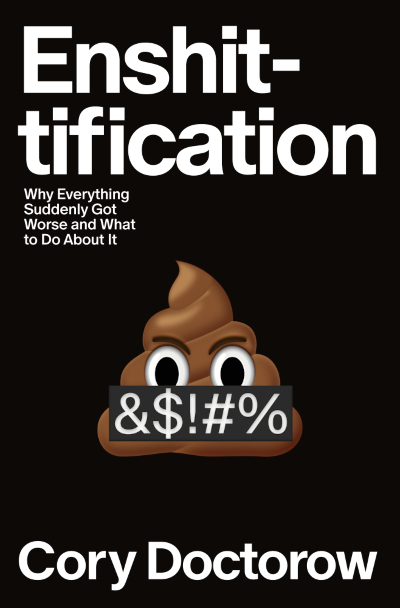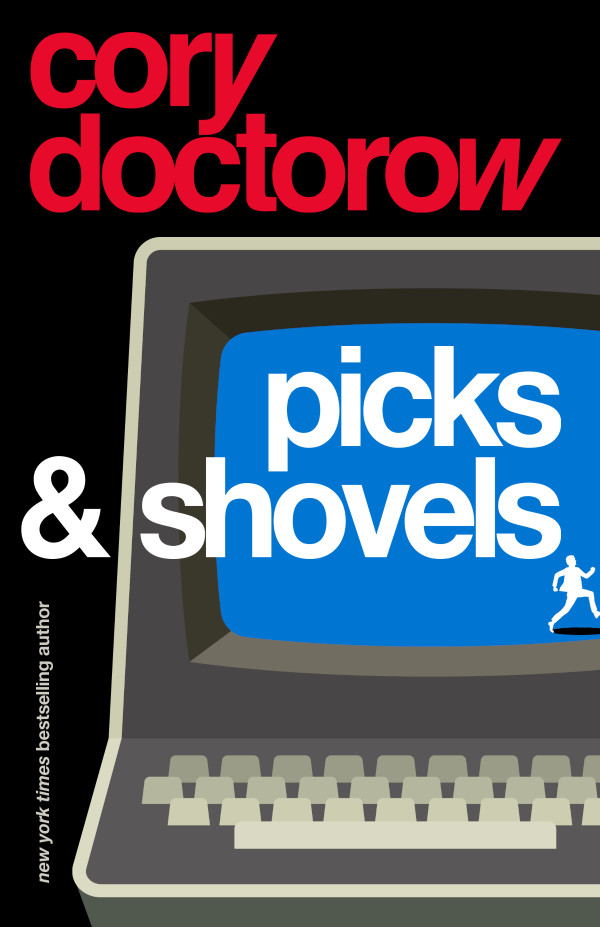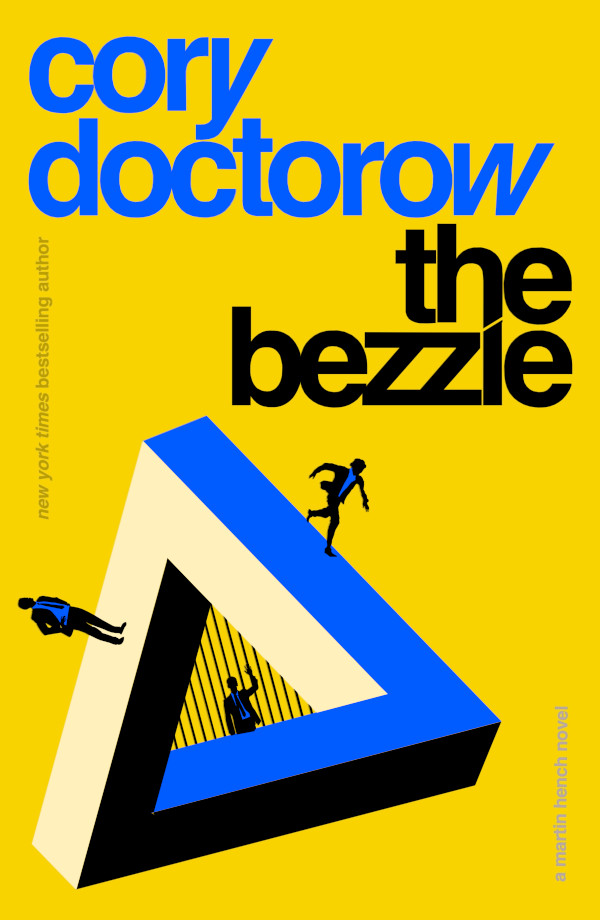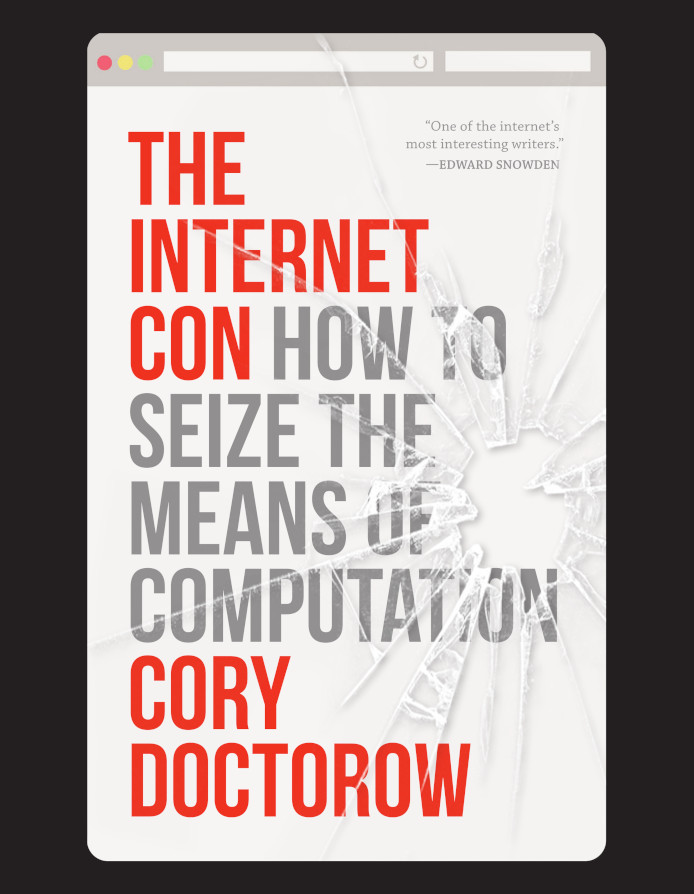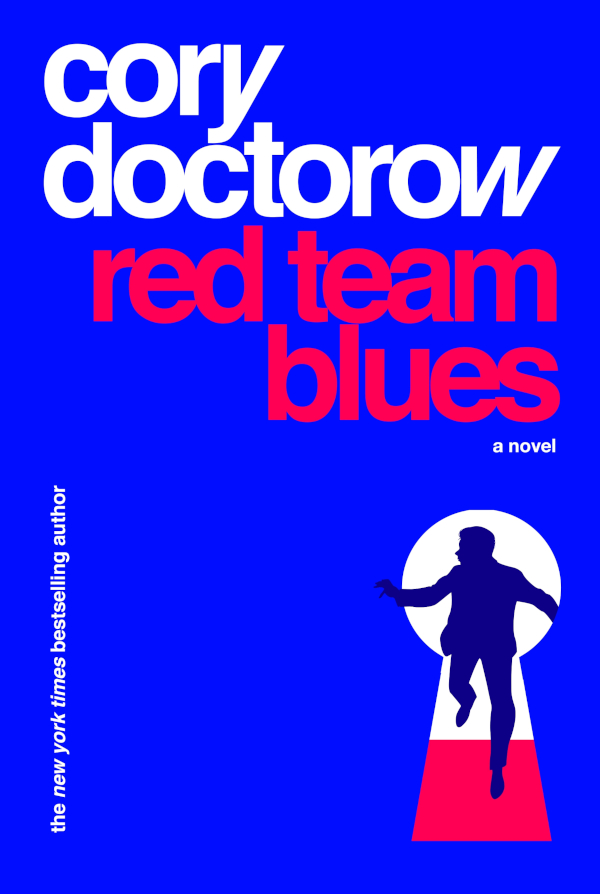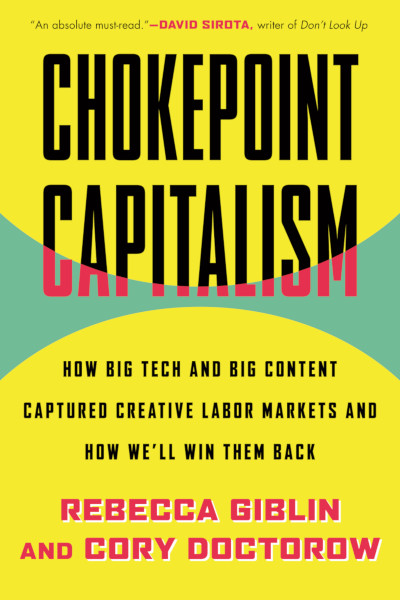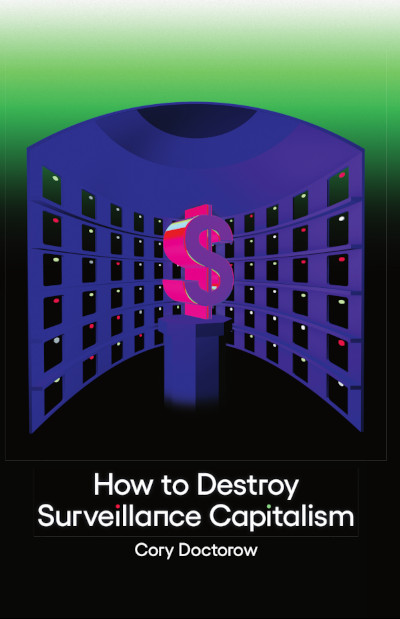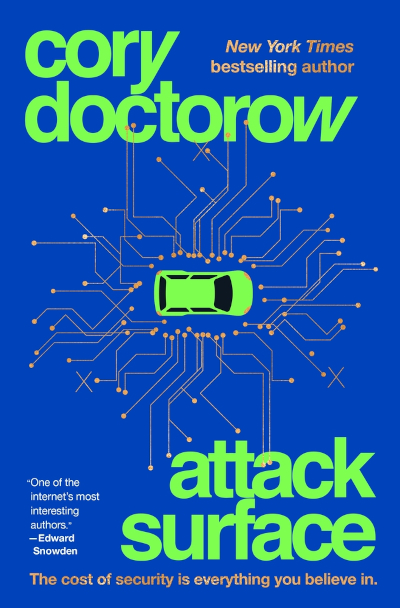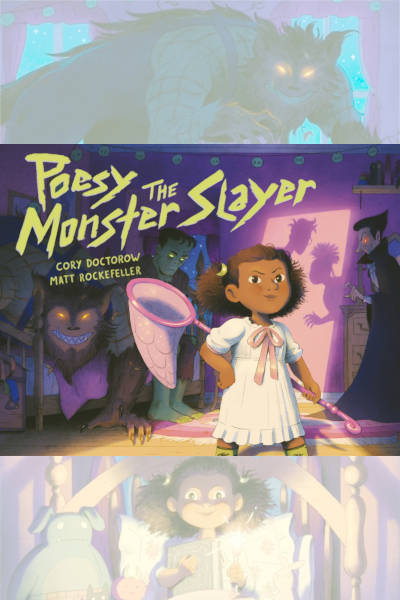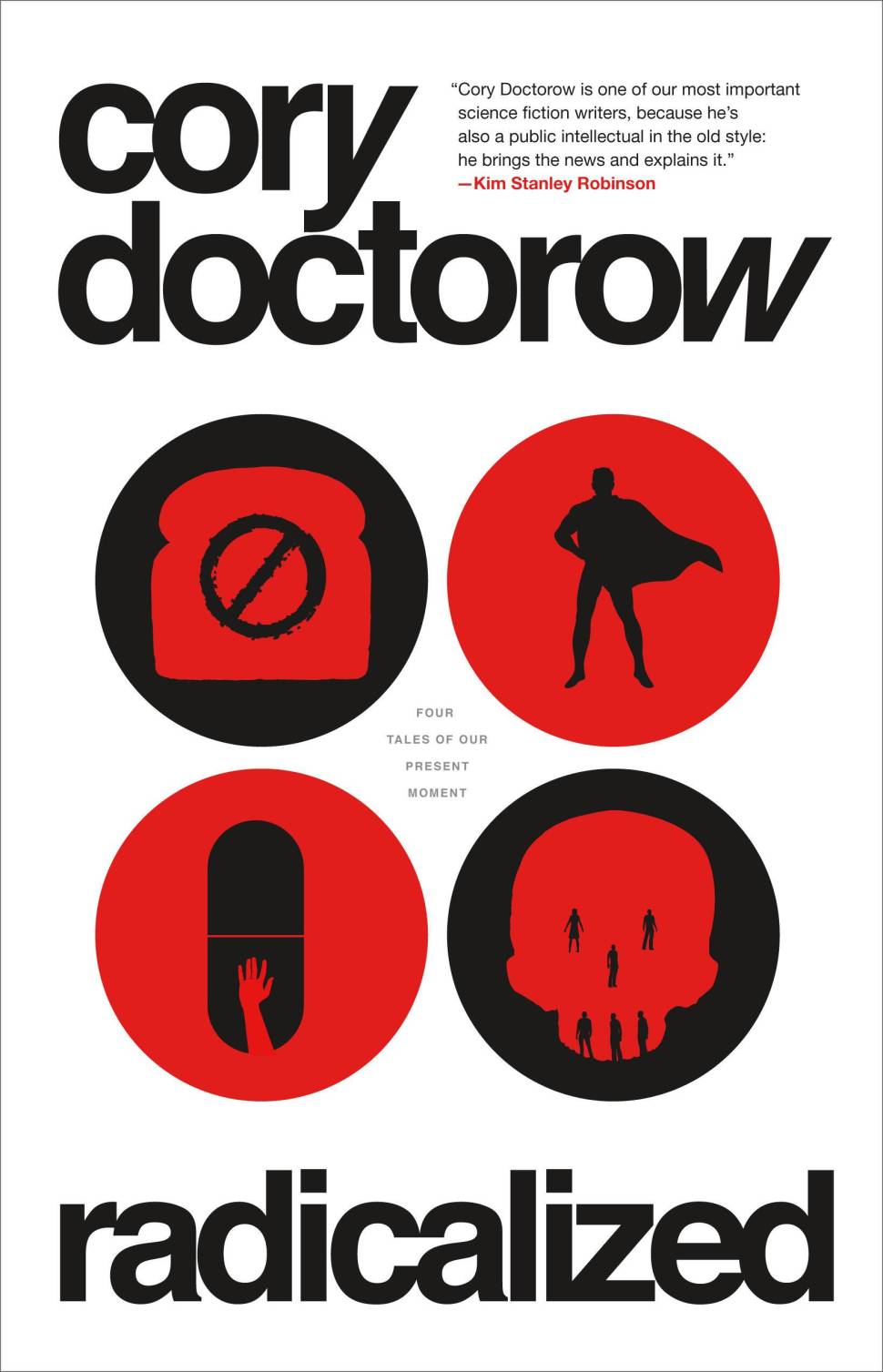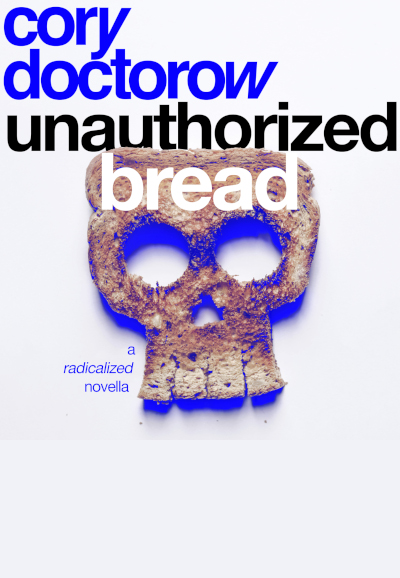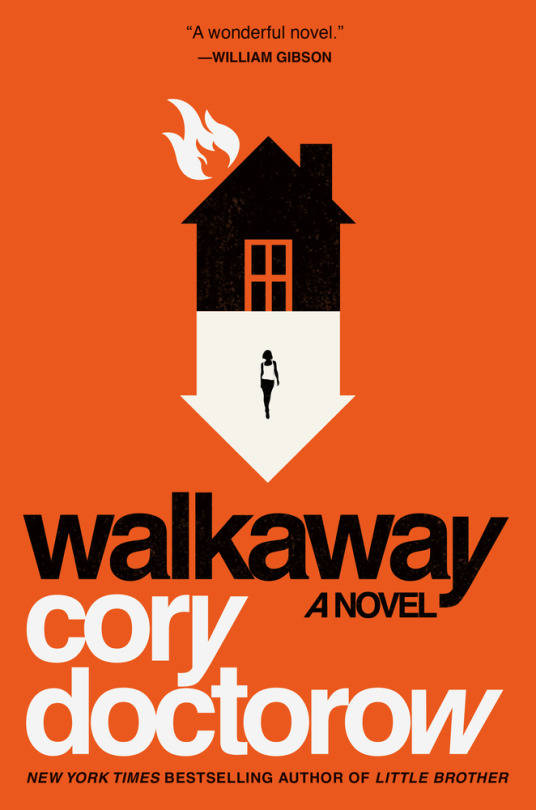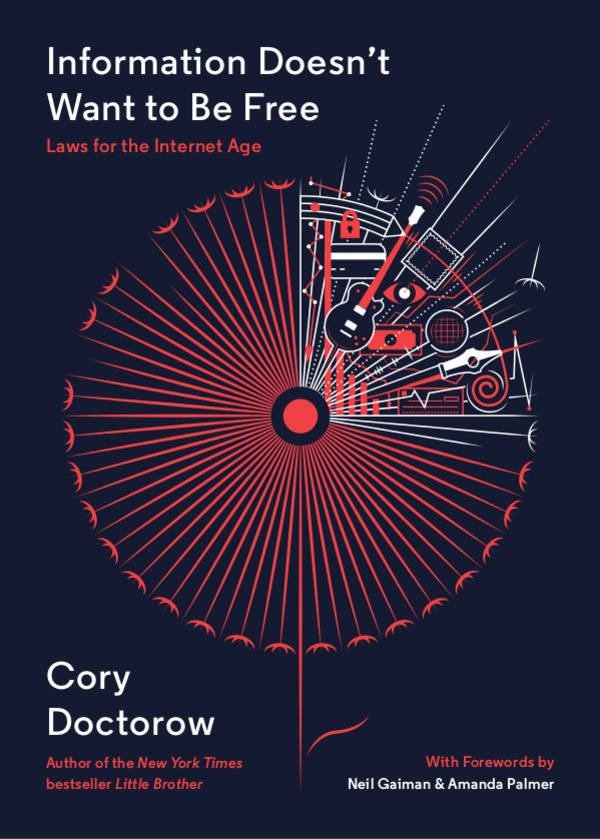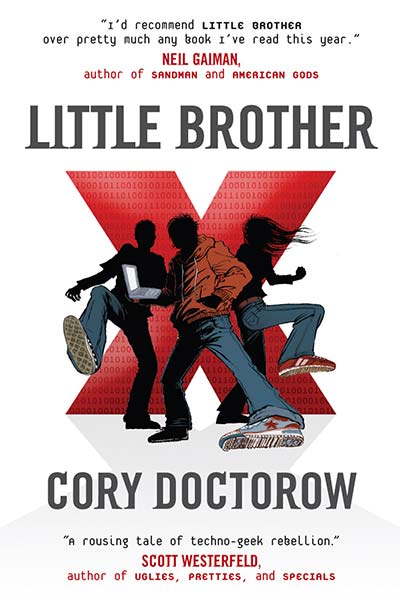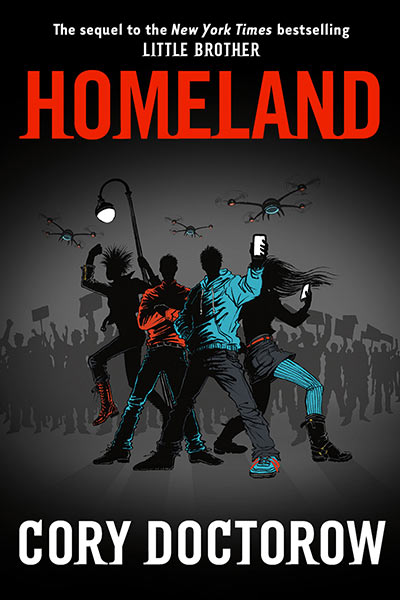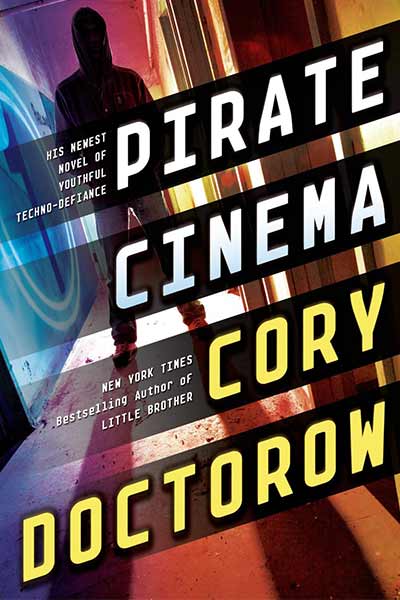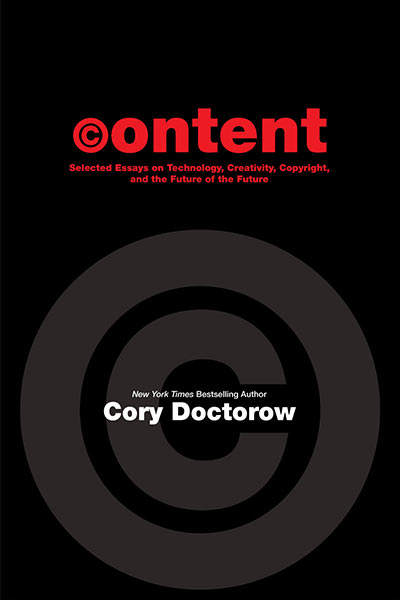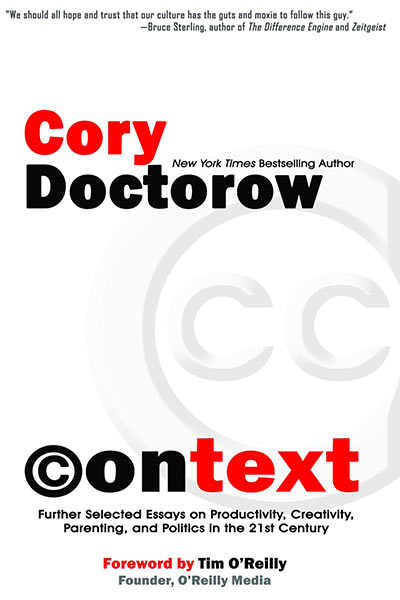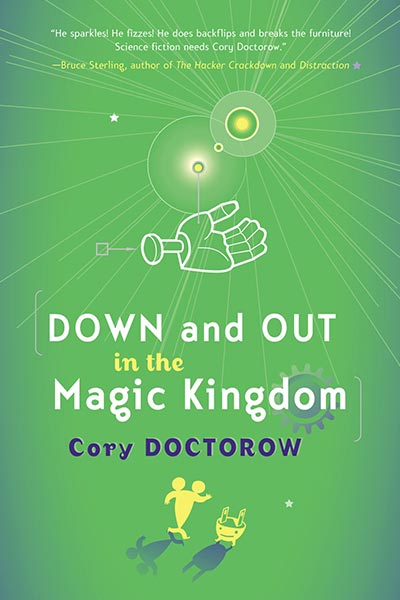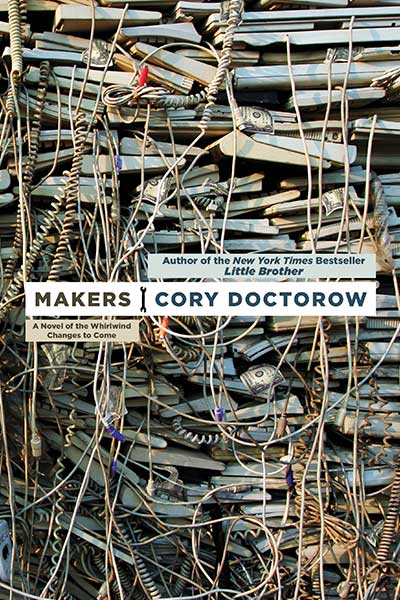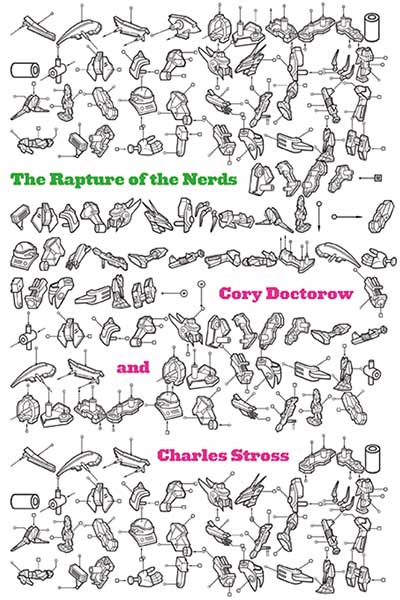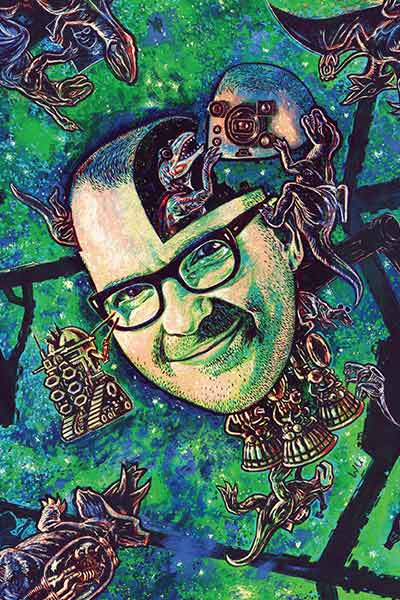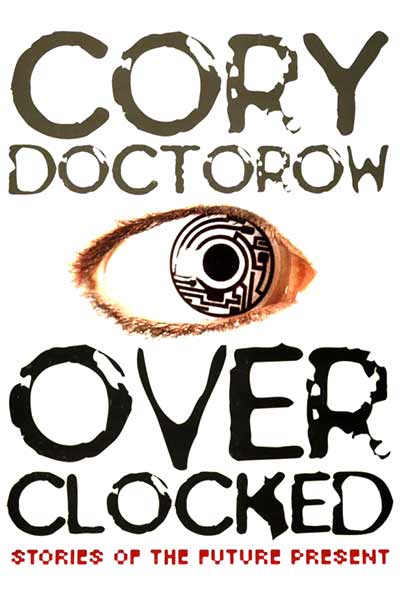Monthly Archives::
April 2011
My Make column “Memento Mori” talks about the giddy, delightful vertigo I experience when I realize how fast and how far technology has come, and how fast it’s moving:
I’m often puzzled by how satisfying older technology is. What a treat it is to muscle around an ancient teletype, feeding it new-old paper-tape or rolls of industrial paper with the weight of a bygone era. What pleasure I take from the length of piano roll I’ve hung like a banner from a high place in every office I’ve had since 2000.How much satisfaction I derive from the racing works of the 1965 mechanical watch I received as a Father’s Day present this year, audible in rare moments of ambient silence or when my hand strays near my ear, going tick-tick-tick-tick like the pattering heart of a pet mouse held loosely in my hand.
The standard explanation for the attractiveness of this old stuff is simply that They Made It Better In The Old Days. But this isn’t necessarily or even usually true. Some of my favorite old technologies are as poorly made as today’s throwaway products from China’s Pearl River Delta sweatshops.
Take that piano roll, for example: a flimsy entertainment, hardly made to be appreciated as an artifact in itself. And those rattling machine-gun teletypes and caterpillar-feed printers — they have all the elegance of a plastic cap gun that falls apart after the first roll of caps has run through it.

One interesting thing about selling print-on-demand books is that they can be instantiated all over the world, close to where the orders are. For years, pundits have predicted corner store kiosks that can print any book every written, and though we’re nowhere near that stage today, there are the first inklings of what such a world might look like.
The University of Melbourne’s Custom Book Centre has a sophisticated, well-established print-on-demand service that can efficiently print, bind and ship books across Australia and New Zealand. They got in touch with me about my DIY short story collection With a Little Help, which is sold in the US via Lulu and Amazon‘s print-on-demand services.
I’ve got a lot of readers in Australia and New Zealand, at least judging by the sales figures from my Harper Collins titles, and from the attendance at my Austalian events (not to mention the disproportionate orders for the limited edition hardcover of With a Little Help). So I’m delighted to announce that these books are now on sale locally for AUD21.25 from the U Melbourne CBC, which is also wholesaling through the region (which means that Aussie and Kiwi bookstores can order the title for their shelves).
If you’ve got a similar set up in some other spot and want to try your hand at carrying With a Little Help, I’d love to hear from you!

One interesting thing about selling print-on-demand books is that they can be instantiated all over the world, close to where the orders are. For years, pundits have predicted corner store kiosks that can print any book every written, and though we’re nowhere near that stage today, there are the first inklings of what such a world might look like.
The University of Melbourne’s Custom Book Centre has a sophisticated, well-established print-on-demand service that can efficiently print, bind and ship books across Australia and New Zealand. They got in touch with me about my DIY short story collection With a Little Help, which is sold in the US via Lulu and Amazon‘s print-on-demand services.
I’ve got a lot of readers in Australia and New Zealand, at least judging by the sales figures from my Harper Collins titles, and from the attendance at my Austalian events (not to mention the disproportionate orders for the limited edition hardcover of With a Little Help). So I’m delighted to announce that these books are now on sale locally for AUD21.25 from the U Melbourne CBC, which is also wholesaling through the region (which means that Aussie and Kiwi bookstores can order the title for their shelves).
If you’ve got a similar set up in some other spot and want to try your hand at carrying With a Little Help, I’d love to hear from you!
This week, I was delighted to learn that my novel For the Win was one of three young adult novels selected for the the Kansas National Education Association’s Kansas State Reading Circle list; and then to learn that the Vermont School Library Association, Vermont Library Association and the Vermont Department of Libraries had awarded the state’s Green Mountain Book Award to my novel Little Brother, this being a readers’ choice award for students in grades 9-12. My sincere thanks to the readers, teachers and librarians who’ve chosen my books for these honors — they mean the world to me.

I’ll be speaking at The Independent’s How the Light Gets In festival in Hay-on-Wye on Monday, May 30, where I’ll do two events:
1400h: Technology and Anarchy, with Nigel Warburton
With a 3D printer and laptop, does everyone have the tools they need to build a bio-weapon? Novelist and activist Cory Doctorow questions whether we should regulate subversive technology.
1730h: The Return of Revolution with Evegeny Morozov, Alex Callinicos, Dany Cohn-Bendit and Paul Moss
Revolution is back on the agenda and many have claimed the internet has played a crucial role. Are we seeing a means to convert grass-roots protest into powerful political movements or is the internet itself at the mercy of authoritarian intervention?
This week, I was delighted to learn that my novel For the Win was one of three young adult novels selected for the the Kansas National Education Association’s Kansas State Reading Circle list; and then to learn that the Vermont School Library Association, Vermont Library Association and the Vermont Department of Libraries had awarded the state’s Green Mountain Book Award to my novel Little Brother, this being a readers’ choice award for students in grades 9-12. My sincere thanks to the readers, teachers and librarians who’ve chosen my books for these honors — they mean the world to me.
This week, I was delighted to learn that my novel For the Win was one of three young adult novels selected for the the Kansas National Education Association’s Kansas State Reading Circle list; and then to learn that the Vermont School Library Association, Vermont Library Association and the Vermont Department of Libraries had awarded the state’s Green Mountain Book Award to my novel Little Brother, this being a readers’ choice award for students in grades 9-12. My sincere thanks to the readers, teachers and librarians who’ve chosen my books for these honors — they mean the world to me.
My latest Guardian column is “In the digital era free is easy, so how do you persuade people to pay?” and it’s a first approximation of a taxonomy of reasons to buy stuff that you can download for free from unauthorized sites. I find that discussions about digital sales are often muddied by arguments about whether a particular strategy is good or bad for business, and I hope that by enumerating as many of the selling-propositions as we can and the strategies that complement or undermine them, we can improve the debate:
Buy this because you’re supporting something worthwhile
This is the proposition made by indie artists and it’s one reason so many major entertainment companies hive off “indie” labels, imprints and brands. Supporting the arts feels genuinely good – knowing that your money is going to someone who made some work that moved you and entertained you. This may be the most powerful motivator of all, but it’s also the trickiest.
For this to be really effective, the customer needs to have a sense of the person or people behind the work. That means this proposition favours artists with highly visible, personal public profiles, and not every artist has it in them to hang out there in the world with their audience. Some people are just shy. Some are worse than shy – some artists have negative charisma, and every time they appear in public (physically or virtually), they reduce the business case for buying their works.
The paradox of this proposition is that most high-profile artists got their profile through the good offices and extensive expenditures of a publisher, label, studio or other intermediary. But artists who are backed by these intermediaries are seen as less “worthwhile” than their independent counterparts – after all, the proposition is “support an artist,” not “support a giant company that takes most of the money and gives some of it to an artist” (no matter how much the artist may value that arrangement and believe it to be a fair one).
In the digital era free is easy, so how do you persuade people to pay?

